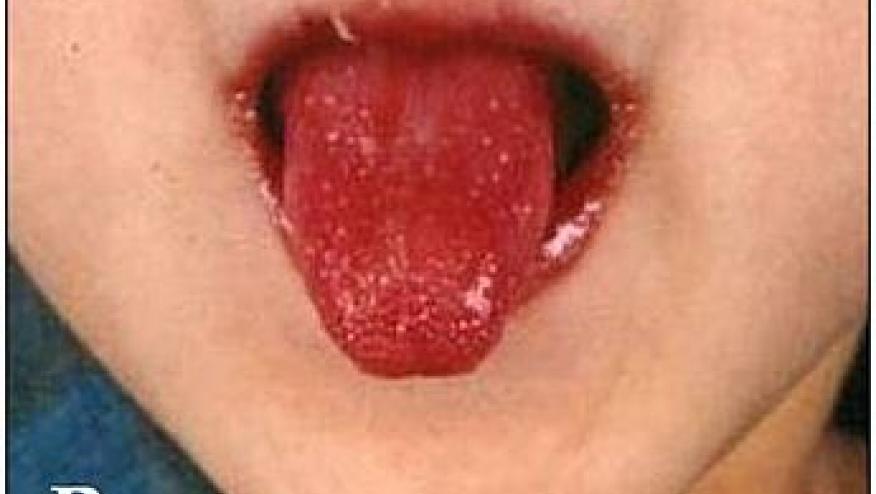Early Intervention with Corticosteroids and IVIG is Crucial in Kawasaki Disease Save

The current JAMA Pediatrics issue has published a report showing that adjunctive corticosteroid therapy yielded significantly fewer coronary artery complications compared with intravenous immunoglobulin therapy alone, particularly among high-risk patients with Kawasaki disease.
The authors performed a systematic review to assess the importance of corticosteroid therapy in patients with KD, specifically comparing studies if corticosteroids plus intravenous immunoglobulin (IVIG) therapy with IVIG therapy alone in treating patients with KD.
Sixteen studies and 2746 patients were analyzed. The duration of illness before corticosteroids therapy was significantly shorter in the initial corticosteroids subset than in the rescue corticosteroids subset.
The rate of coronary artery abnormalities was significantly lower when steroids were used with IVIG compared to IVIG alone (odds ratio [OR], 0.424).
Efficacy was negatively correlated with the duration of illness before corticosteroid therapy (P < .001). Further analysis suggested that high risk patients (at baseline) had the greatest benefit from adjunctive corticosteroid therapy with regard to coronary artery complications (OR, 0.240; 95% CI, 0.123-0.467).
Despite the favorable effects of corticosteroids, there was no increased risk of adverse events in the steroid group.
Clearly, high-risk patients with KD benefit greatly from a timely and potent adjunctive corticosteroid therapy strategy. These findings contrast guidelines that recommend corticosteroids be administered as a second-line rescue therapy for patients who fail to respond to the second dose of IVIG.









If you are a health practitioner, you may Login/Register to comment.
Due to the nature of these comment forums, only health practitioners are allowed to comment at this time.